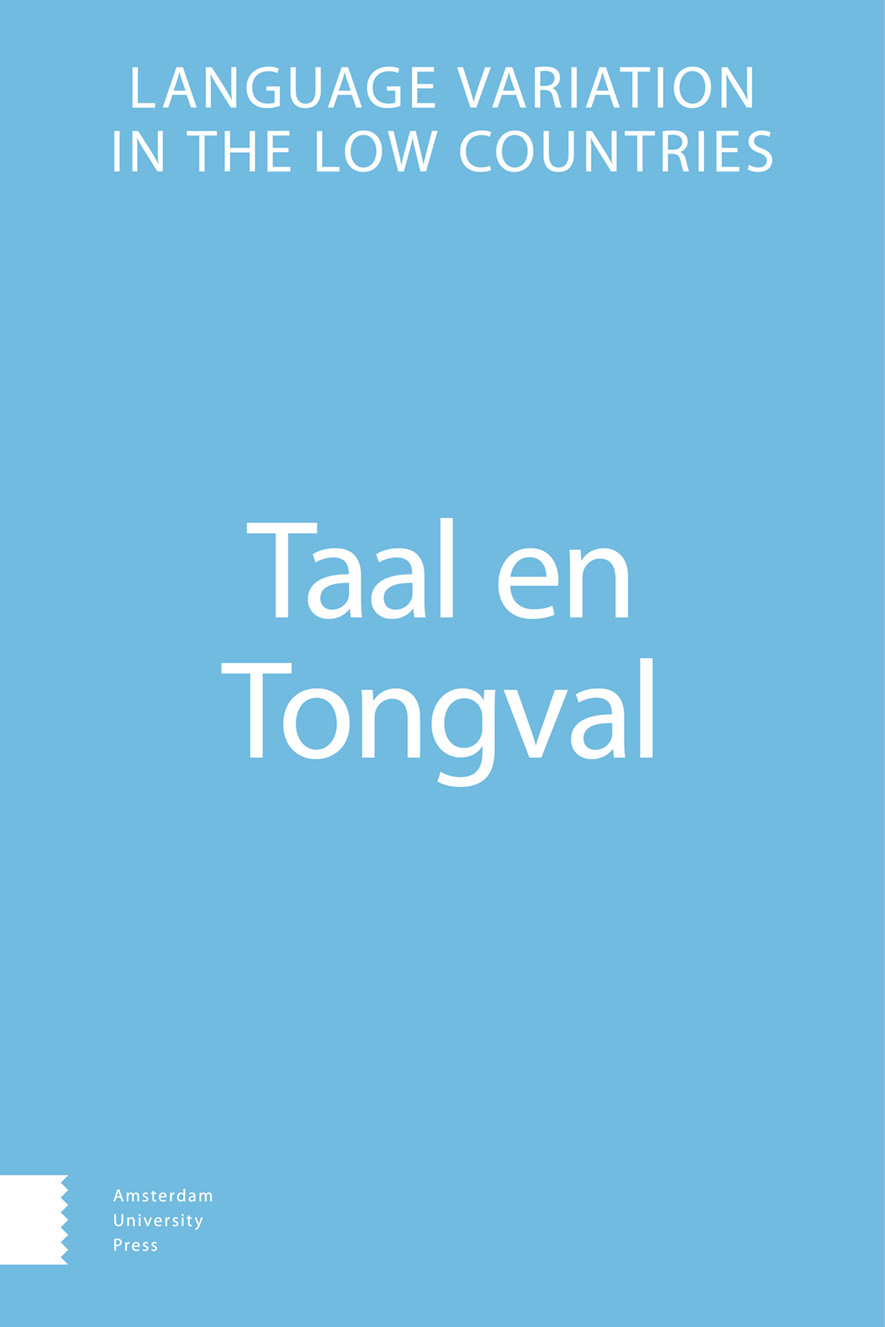-
oa ‘Adieu, Vaarwel, groet mijne zo Waarde Ouders’
Het gebruik van Franse leensuffixen en leenwoorden in een negentiende-eeuwse familiecorrespondentie
- Amsterdam University Press
- Source: Taal en Tongval, Volume 71, Issue 2, 2019, p. 137 - 156
-
- 01 Mar 2020
Abstract
‘Adieu, Vaarwel, groet mijne zo Waarde Ouders’: The usage of French loan suffixes and loan words in a nineteenth-century family correspondence
The French cultural hegemony in Europe over the course of the seventeenth and eighteenth centuries affected Dutch society. During the French period (1795-1813), the French influence on Dutch politics was significant as well. As a result, the Dutch language ‘frenchified’: many loan words and loan suffixes were borrowed from French. A corpus analysis of the family letters of the Bijleveld family from Leiden (1813-1814) reveals the extensive impact of French language contact. Especially in the letters of son Theodoor, who was sent to France in 1813 to serve for Napoleon’s Garde d’honneur (‘guard of honor’), the amount of loan suffixes is considerable. This result outnumbers the outcomes of the study by Rutten, Vosters and Van der Wal (2015) and shows that the language use of elite citizens was significantly influenced by French. A comparison between loan suffixes and loan words in the letter corpus reveals an even more compelling result: the relative frequency of loan words in the corpus is twice as high as the relative frequency of loan suffixes.


